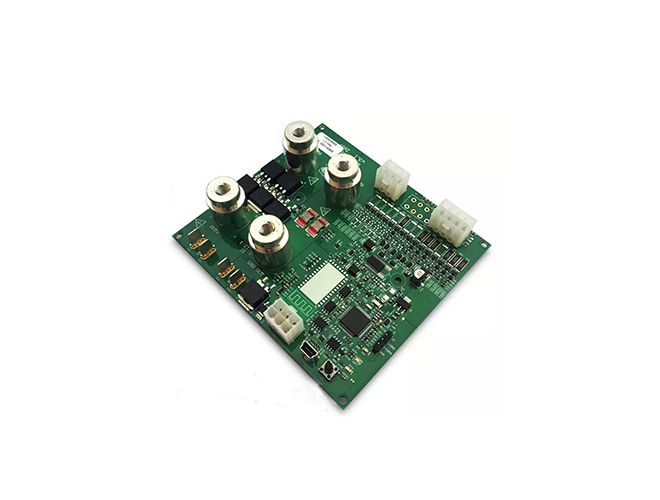-
CN
-
Service Hotline
+8618129931046 Mr. Liao


Time:2025-04-25 Views:1

The production process of single - sided PCBs is a well - defined series of steps that transform raw materials into a functional printed circuit board. The process begins with the preparation of the substrate material, typically a fiberglass - reinforced epoxy resin (FR4) or other suitable materials.
The first step is cutting the substrate to the desired size. Precision cutting machines are used to ensure accurate dimensions and smooth edges. After cutting, the surface of the substrate is cleaned and roughened to improve the adhesion of the copper layer. This is usually done through chemical cleaning and micro - etching processes.
Next, a thin layer of copper is laminated onto the surface of the substrate. This is achieved using a process called copper cladding, where a copper foil is bonded to the substrate under high temperature and pressure. Once the copper layer is in place, the PCB design is transferred onto the copper surface. This is commonly done using a photolithography process. A photoresist material is applied to the copper surface, and then a printed circuit pattern is projected onto it using a mask. The exposed areas of the photoresist are then developed, leaving the areas to be etched uncovered.
The etching process follows, where the unwanted copper is removed using a chemical etchant. This results in the formation of the desired electrical traces and pads on the PCB. After etching, the photoresist is stripped off, and the PCB is thoroughly cleaned to remove any residual chemicals.
Holes are then drilled into the PCB for component mounting and electrical connections. High - precision drilling machines are used to ensure accurate hole placement and size. After drilling, the holes are metallized to provide electrical conductivity between the different layers of the PCB (even though it's a single - sided board, through - hole components may require this). This is done through a process called electroless plating, where a thin layer of copper is deposited inside the holes.
Finally, a solder mask is applied to the PCB. The solder mask protects the copper traces from oxidation, short circuits, and mechanical damage. It also provides a surface for soldering components. A legend, which includes component designations and other identification marks, may be printed on the solder mask. The PCB is then inspected for quality, including checking for open circuits, short circuits, and proper hole plating, before being sent for assembly with electronic components.